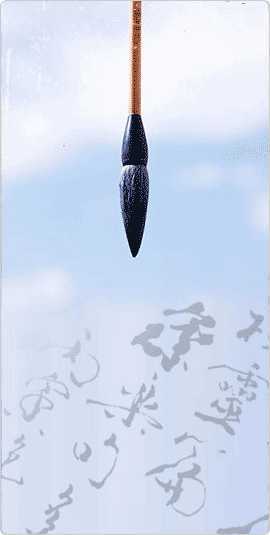Newsletter

Chinese Grammar (Beginner)
Usage of “两 (liăng)” and “二 (èr)”

In Chinese, both “二” and “两” mean “two.” Are you confused? In today’s online Chinese grammar lesson, we give you the basics.
“两 (liăng)” and “二 (èr)” both mean “two.” We use both of them when we deal with numbers, but they are not always interchangeable. Stick with us; it isn’t as difficult as it sounds.
When “2” comes before “十,” we only use “二.”
For example:
20 二十 (èr shí): twenty ![]()
When “2” is placed before “a hundred,” we can use both “二” and “两.”
For example:
256 二百五十六 (èr băi wǔ shí liù) or 两百五十六 (liăng băi wǔ shí liù): two hundred and
fifty-six ![]()
When “2” is placed before “a thousand,” “ten thousand” and “a hundred million,” we often use “两.”
For examples:
2,647 两千六百四十七 (liăng qiān liù băi sì shí qī): ![]()
two thousand six hundred and forty-seven
28916 两万八千九百一十六 (liăng wàn bā qiān jiǔ băi yī shí liù): ![]()
twenty-eight thousand nine hundred and sixteen
220,000,000 两亿两千万 (liăng yì liăng qiān wàn): ![]()
two hundred and twenty million
When we use the structure of “2 plus a measure word,” we often write and read “2” as “两.”
For examples:
两个苹果 (liăng gè píngguŏ): two apples ![]()
两匹马 (liăng pǐ mă): two horses ![]()
两位客人 (liăng wèi kèrén): two guests ![]()



